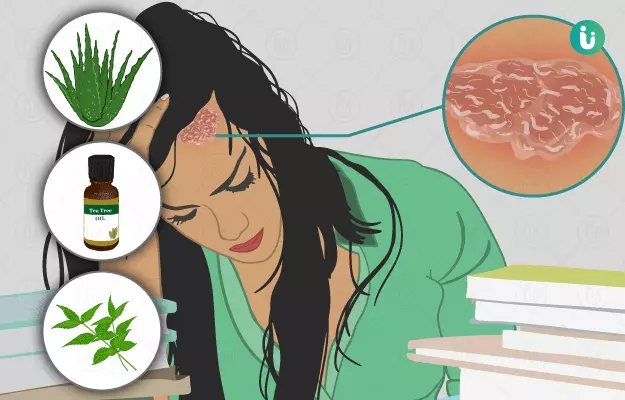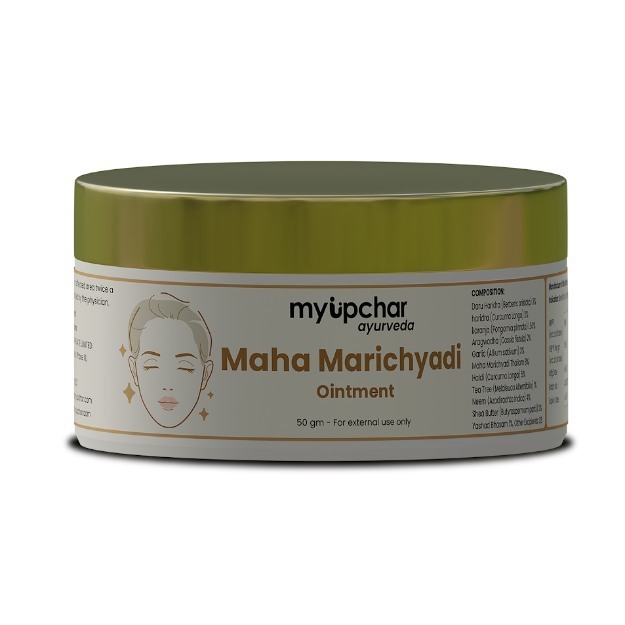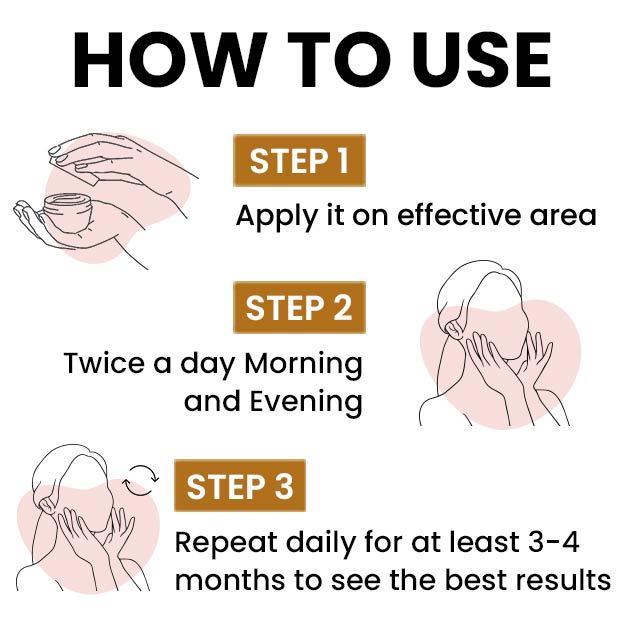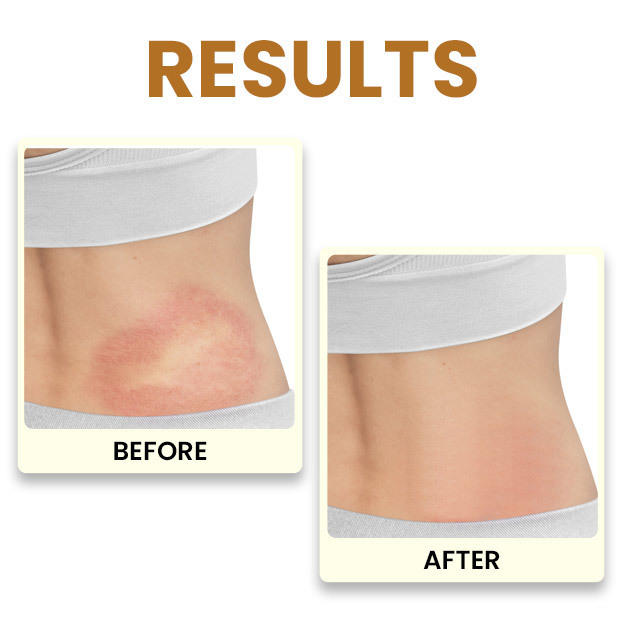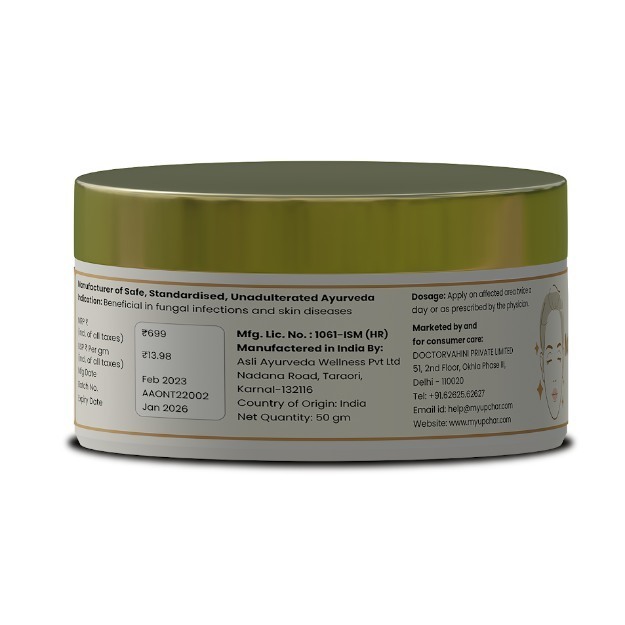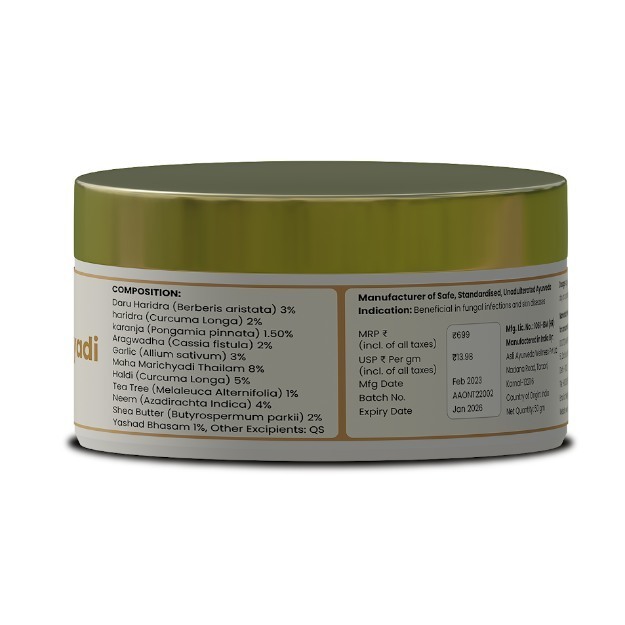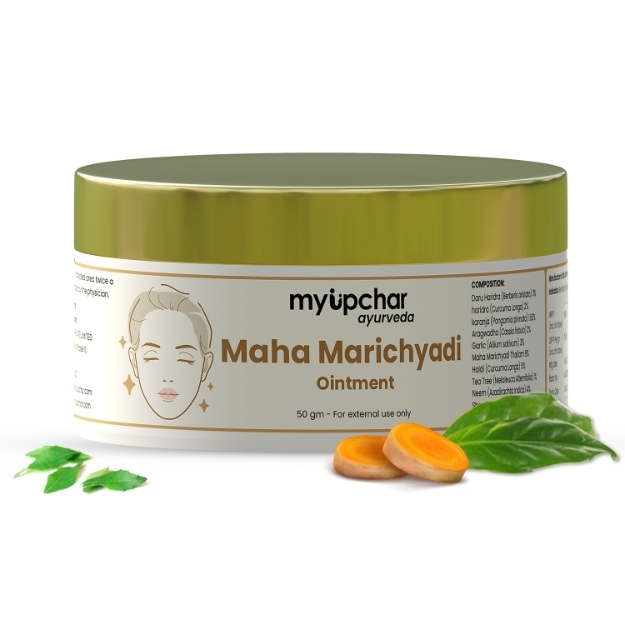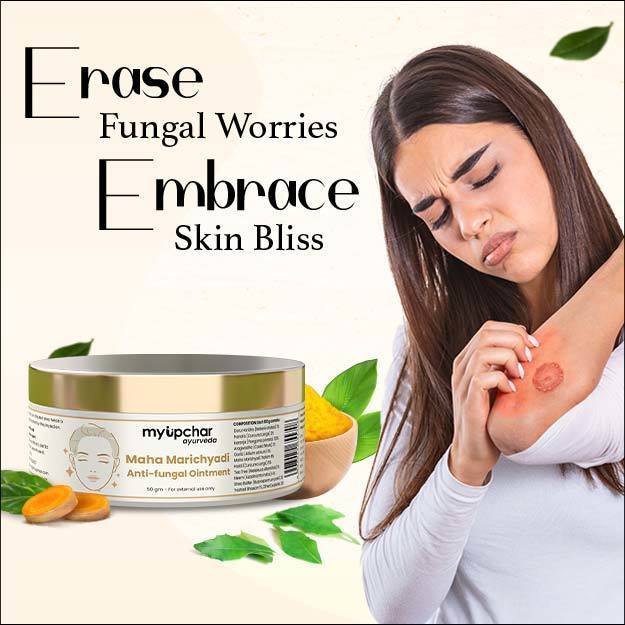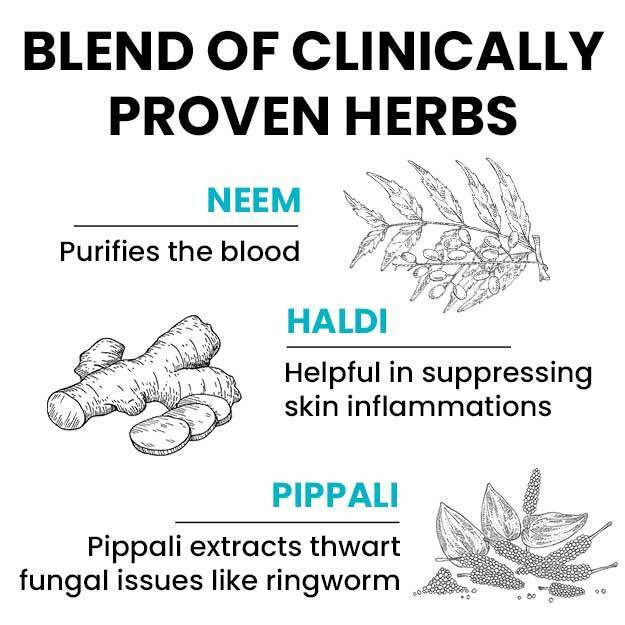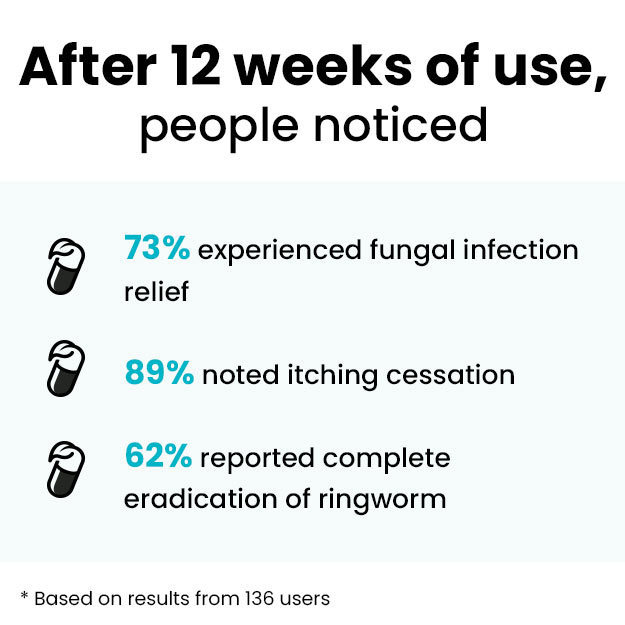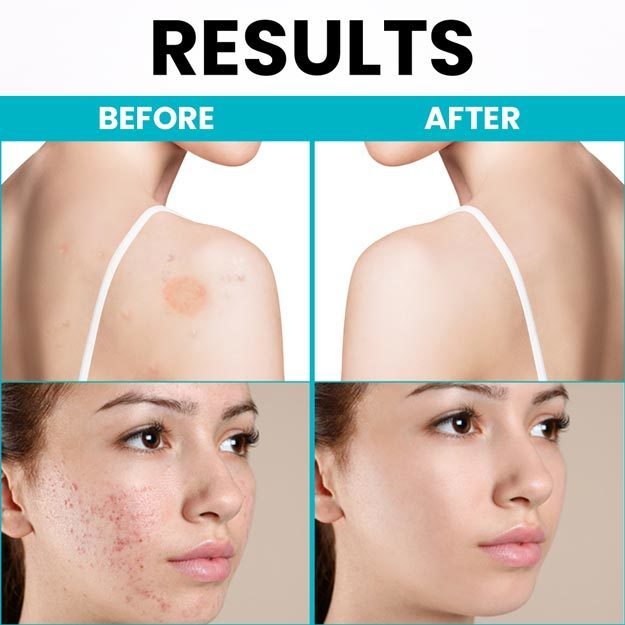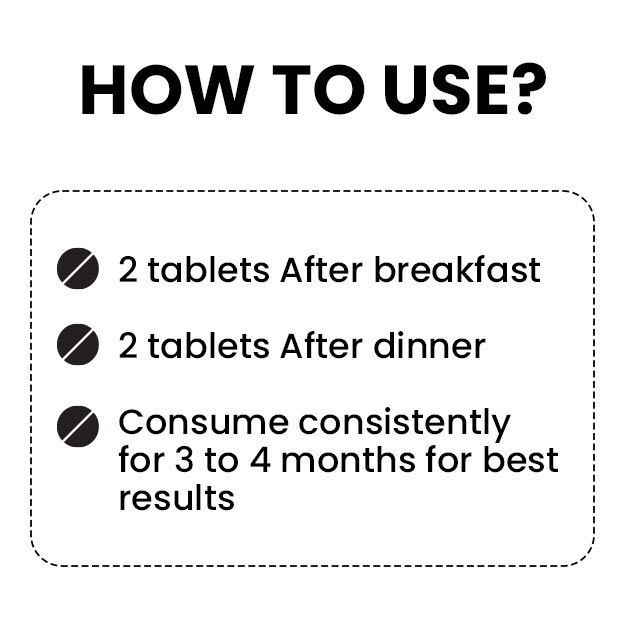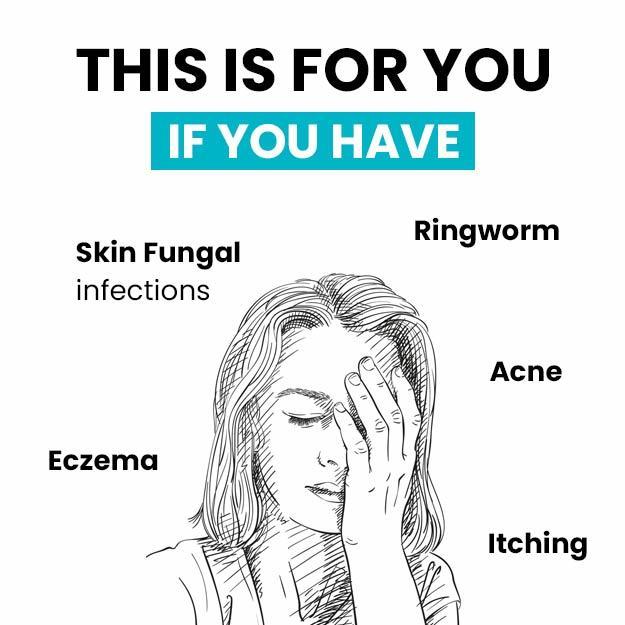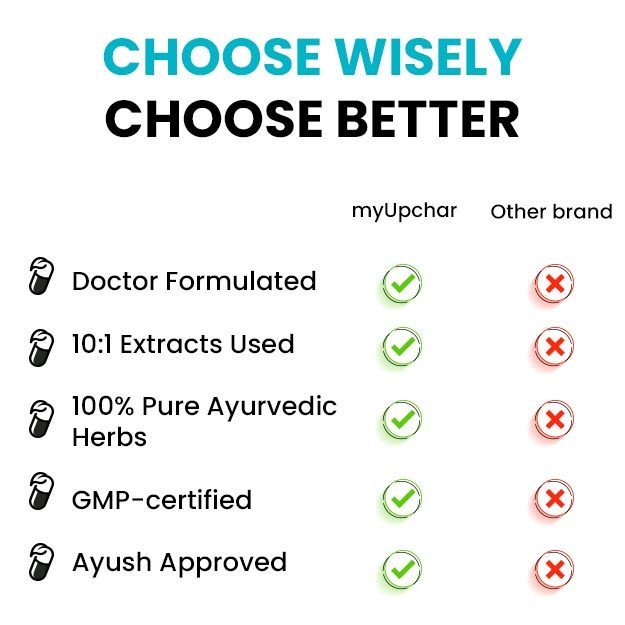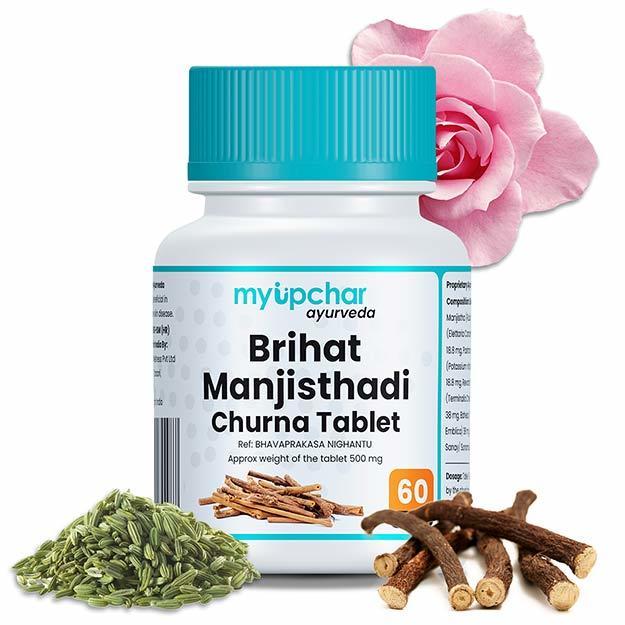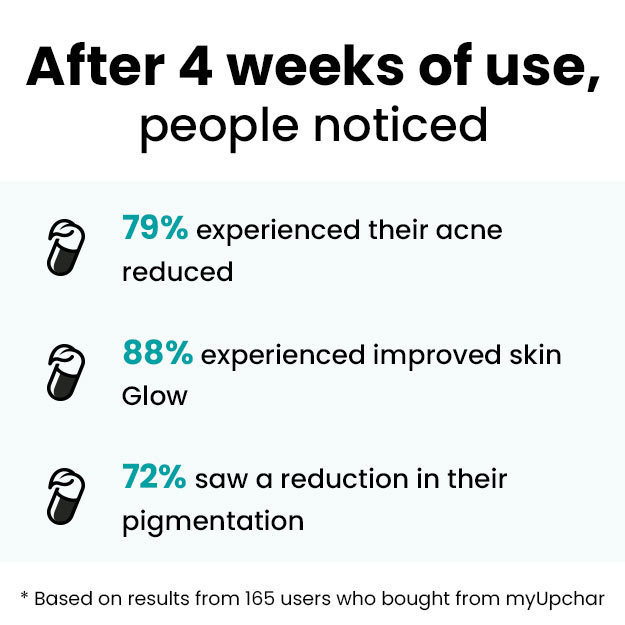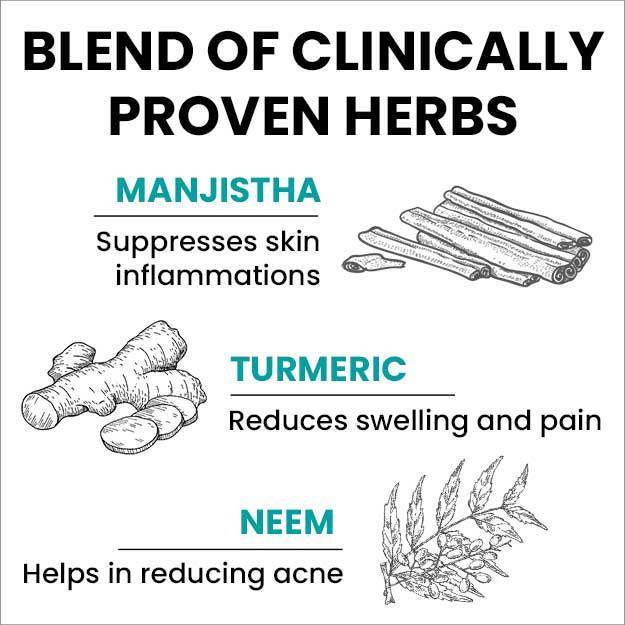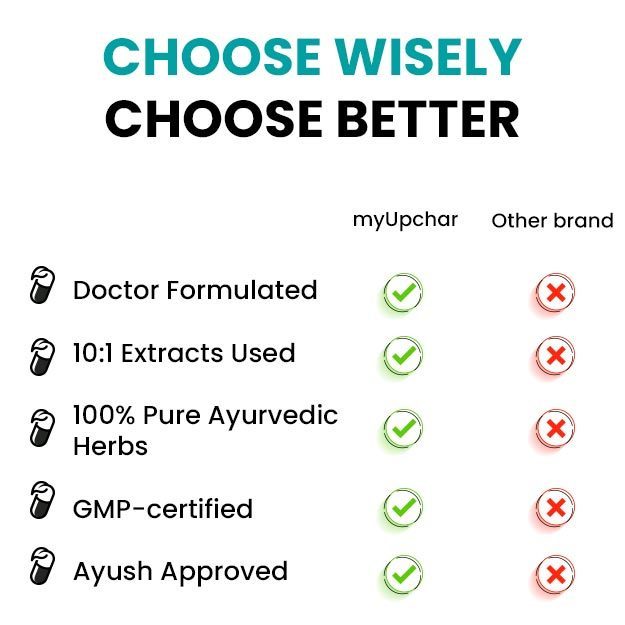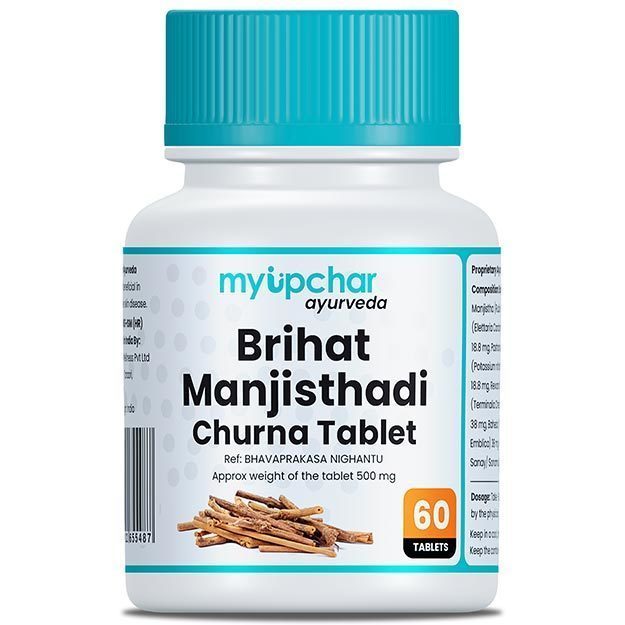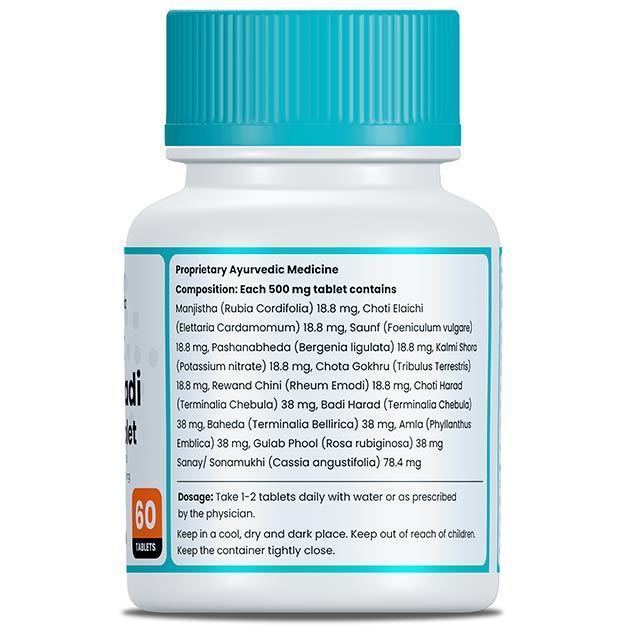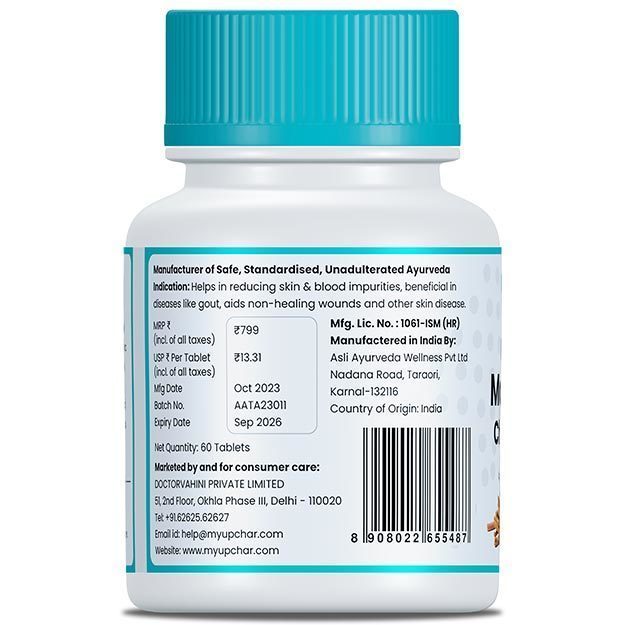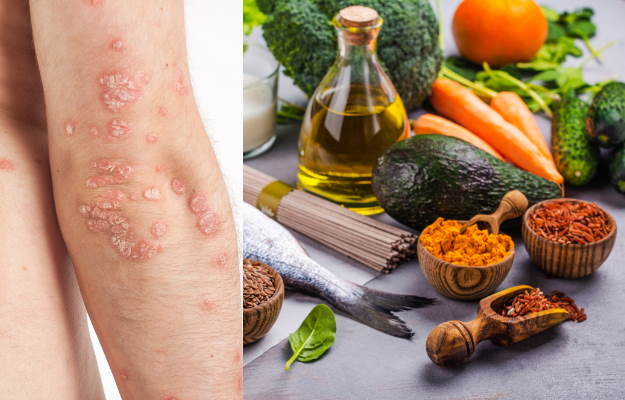Home remedies for psoriasis can be an effective and inexpensive way to get relief from the symptoms. Before we get into these remedies, though, let's take a quick look at what is psoriasis, its types and signs:
Psoriasis is an autoimmune disorder in which skin cell grow 10 times faster than normal, leading to scaly patches. It is commonly observed on the elbows, knees, lower back and scalp. The skin appears to be red and bumpy, covered in white scales. Psoriasis is not contagious but may be genetic. It typically appears in adulthood and affects a small area of the body—it can, however, cover a large part of the body in severe cases. The patches can heal but can show up again at any point in life.
People with psoriasis may also suffer from arthritis called psoriatic arthritis, which is characterised by swelling and pain in the joints. About 10-30% of the people with psoriasis also suffer from psoriatic arthritis, according to the US-based National Psoriasis Foundation.
There are different types of psoriasis:
- Plaque psoriasis: It is the most common form of the disorder. Plaques of red skin coated with silver-coloured scales which are painful and can cause itching are seen. These plaques, in severe cases, expand and merge, covering large areas. Plaques of scale or crust are observed on the scalp. It can also cause crumbling, discolouration and pitting of nails and the nails may even separate from the nail bed.
- Pustular psoriasis: Makes skin red and scaly with small pustules on the palm and feet soles.
- Guttate psoriasis: Ordinarily starts in childhood or young adulthood. Causes tiny red spots on the limbs and torso.
- Inverse psoriasis: Bright red, shiny lesions are seen in the skin folds of the armpits, groin and under the breast.
- Erythrodermic psoriasis: Makes the skin fiery red and the scales shed like sheets. It should be treated immediately as it can result in serious sickness.
Even though the precise reason behind psoriasis is not known, it is thought to be a combination of various things. A malfunction of the immune system triggers inflammation and hastens the formation of new skin cells. The skin cells are replaced every 10 to 30 days normally, but a person with psoriasis will get new cells every three to four days. The amassing of old cells gives rise to the silver scales.
Cuts, scrapes, surgery, Streptococcus bacteria infections, emotional stress, medications for blood pressure and hydroxychloroquine may also induce psoriasis in some people.
- Psoriasis home remedies
- Aloe vera for psoriasis relief
- Turmeric is a home remedy for psoriasis
- Salt baths for psoriasis home remedy
- Omega-3 fatty acids remedy for psoriasis
- Humidifier for psoriasis remedy
- Maintain healthy weight for psoriasis
- Garlic is a home remedy for psoriasis
- Tea tree oil for psoriasis remedy
Psoriasis home remedies
There is no cure for psoriasis but various treatments are known to significantly control the symptoms. These may relieve itching and drying of sin or delay the growth of new cells. Along with the treatments prescribed by your doctor, some home remedies you can try include turmeric, aloe vera, humidifiers. Read on to know more.
Aloe vera for psoriasis relief
Aloe vera is known to soothe the skin and reduce itching, redness, inflammation and scaling. Creams containing aloe vera extracts can be applied to the skin directly. Research shows that a topical aloe vera (0.5%) extract helped patients admirably by clearing patches.
Research shows that the phytochemicals (plant chemicals) in Aloe vera— including anthraquinones, steroids, saponins, mucopolysaccharides and salicylic acid—can reduce the incidence of skin infections caused by Staphylococcus and Streptococcus bacteria and help in breaking up (desquamation of) the plaques of psoriasis through their keratolytic action (remove excess skin).
A double-blind, placebo-controlled study with 60 patients also found that thrice daily, long-term application of aloe vera to the affected areas reduced psoriatic plaque considerably.
More studies are needed to confirm the benefits—and the extent of the benefits—of aloe vera as a remedy for psoriasis.
Turmeric is a home remedy for psoriasis
Although there hasn’t been a lot of research on this, a few small studies support the topical use of turmeric to treat psoriasis. You could apply a paste of one part turmeric powder to two parts water to the affected area.
Researchers say that the antioxidant and anti-inflammatory properties of curcumin—the yellow pigment in turmeric—can reduce oxidative stress and bring down inflammation to provide relief in psoriasis.
It has also been found that taking turmeric extract orally or combined with photo light therapy helped patients. Turmeric gels help reduce patches, redness, itching and scaling when applied twice a day for nine weeks.
Salt baths for psoriasis home remedy
Patients have reported that warm (not hot) baths can be soothing. Additionally, putting Epsom salts, olive oil, colloidal oatmeal or mineral oil to the bath may help reduce the itching in psoriasis.
Dead Sea salt has been found to be more beneficial, too, as the Dead Sea is much more mineral-rich than water from other seas and oceans. If water from the Dead Sea is not available, then a 20-minute soak or bath in water with two-three tablespoons of common salt can also help to bring down swelling. Make sure to rinse the saltwater off properly and apply a moisturiser. (Discontinue these baths if they irritate your skin.)
What you will need
- 1-2 cups Epsom salt
- Bathwater
- Moisturiser or coconut oil
Method
- If you have a bathtub, add the Epsom salt to warm bath water and soak in it for about 20 minutes.
- Rinse well and apply a moisturiser.
- If you don't have a bathtub (or if you don't feel like using up so much water every day), you can also make a scrub with one cup Epsom salt and coconut oil (add just enough oil to make a coarse paste). Apply the scrub all over your body, paying special attention to the affected areas. Clean it off with normal temperature water after 15 minutes. The salt scrub helps to get rid of dead skin and the coconut oil helps to moisturise the skin.
Omega-3 fatty acids remedy for psoriasis
Omega-3 fatty acids are known to reduce inflammation which in turn reduces the red itchy flakes. Flaxseed oil, nuts and seeds, soy, fish oil and fatty fish are good sources. Researches and surveys suggest good to excellent results after eating a low-fat diet with fish oil for four months.
Read more: Best fish to eat in India
Humidifier for psoriasis remedy
Humidifiers maintain the humidity of air and prevent it from getting dry and hence reduce dryness of irritable skin—30-50% humidity is recommended.
Psoriasis typically affects the skin but it can also cause dry eyes. Eye inflammation may also be seen in some patients, especially in those patients who develop psoriatic arthritis. A humidifier can provide relief to these areas, where topical creams and extracts can't help.
Maintain healthy weight for psoriasis
Obesity is known to increase a person’s chances of getting psoriasis with worse symptoms. Losing weight can help control the symptoms and increase the efficiency of the treatment. Research has shown that reducing the intake of saturated fatty acids (found in dairy products, meat, palm oil, junk food, etc.) can also help to reduce inflammation and therefore the symptoms of psoriasis.
The Nord-Trøndelag Health Study (HUNT) study of over 33,000 people in Norway found that higher body mass index and belly fat doubled the risk of psoriasis whereas maintaining a healthy weight reduced this risk.
Experts say there could be several reasons why excess body fat increases the risk of psoriasis:
- Excess adipose or fat tissue can disturb the hormonal balance in the body. Researchers have found higher levels of two hormones—resistin and leptin—in obese psoriasis patients.
- Researchers have found that an increase in body fat, especially over the long term, releases pro-inflammatory chemicals that can make psoriasis symptoms worse.
- Animal studies have shown that obesity changes the "composition and activity of inflammatory cells in the skin". This can eventually exacerbate skin lesions (psoriatic dermatitis) in psoriasis.
- Some experts also think that obesity changes our microbiome: the microorganisms that live on and in our bodies without causing disease. As these microbes can affect our chances of getting autoimmune diseases, including psoriasis, obesity can be seen as a risk factor for psoriasis.
From tried and tested tips to lose weight to diet for losing belly fat, you could adopt a number of good habits to shed the weight and improve your symptoms in case you already have psoriasis.
Read more: WHO guidelines: how much activity per week do I need?
Garlic is a home remedy for psoriasis
Garlic contains organosulphur components like S-allylcysteine and S-allylmercaptocysteine which have antioxidant and anti-inflammatory properties. Applying a mixture of equal parts pureed garlic and aloe vera gel is said to help reduce scalp psoriasis.
What you will need
- 1 teaspoon pureed garlic
- 1 teaspoon aloe vera gel
- A bowl and cotton ball
Method
- Mix the pureed garlic and aloe vera gel in a bowl.
- Using a cotton ball, dab the affected area with this mixture.
- Leave it in for about 20 minutes.
- Wash with normal temperature water.
According to research published in the Annals of the New York Academy of Sciences, garlic contains plant chemicals like diallyl sulfide, S-allylmercaptocysteine and ajoene which prevent the activation of a chemical called kappaB—which, in turn, is responsible for triggering certain inflammatory diseases including psoriasis.
(These plant chemicals can also be found in turmeric (curcumin), red pepper (capsaicin), cloves (eugenol), ginger (gingerol), cumin, anise and fennel (anethol), basil and rosemary (ursolic acid), according to the researchers.)
The researchers' recommendation: use these spices in daily food to reduce the risk and symptoms of inflammatory conditions.
Tea tree oil for psoriasis remedy
Though there isn't much research on this, anecdata show that some people see a reduction in scales upon regular application of a few drops of tea tree oil mixed with a carrier oil like coconut oil or avocado oil. It is a good idea to check with your doctor before starting any home remedies for psoriasis. When using tea tree oil, stop the application if your condition becomes worse or if the skin starts feeling more itchy.
What you will need
- 3-4 drops tea tree oil
- 4-5 teaspoons hair oil (coconut oil or avocado oil are good options)
- A bowl and cotton ball
Method
- In a bowl, mix the tea tree oil with your hair oil.
- Using a bowl, apply the mixture all over your scalp.
- Wash with a mild shampoo after 1-2 hours. Make sure to rinse well.
References
- Snekvik I., Smith C.H., Nilsen T.I.L., Langan S.M., Modalsli E.H., Romundstad P.R. and Saunes M. Obesity, waist circumference, weight change, and risk of incident psoriasis: prospective data from the HUNT study. The Journal of Investigative Dermatology. December 2017; 137(12): 2484-2490. doi: 10.1016/j.jid.2017.07.822. Epub 2 August 2017. PMID: 28780086.
- Kunz M., Simon J.C. and Saalbach A. Psoriasis: obesity and fatty acids. Frontiers in Immunology, 31 July 2019;10:1807. doi: 10.3389/fimmu.2019.01807. PMID: 31417571.
- Pazyar N. and Feily A. Garlic in dermatology. Dermatology Reports, 28 April 2011; 3(1): e4. doi: 10.4081/dr.2011.e4. PMID: 25386259.
- Aggarwal B.B. and Shishodia S. Suppression of the nuclear factor-kappaB activation pathway by spice-derived phytochemicals: reasoning for seasoning. Annals of the New York Academy of Sciences. 2004 Dec;1030:434-41. doi: 10.1196/annals.1329.054. PMID: 15659827.
- Singh K.K. and Tripathy S. Natural treatment alternative for psoriasis: A review on herbal resources. Journal of Applied Pharmaceutical Science, November 2014; 4(11): 114-121. DOI: 10.7324/JAPS.2014.41120
- Syed T.A., Ahmad S.A., Holt A.H., Ahmad S.A., Ahmad S.H. and Afzal M. Management of psoriasis with aloe vera extract in a hydrophilic cream: a placebo-controlled, double-blind study. Tropical Medicine & International Health, August 1996; 1(4): 505-9. doi: 10.1046/j.1365-3156.1996.d01-91.x. PMID: 8765459.

